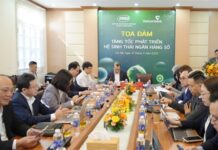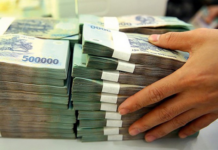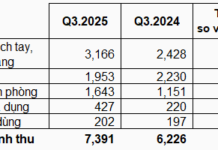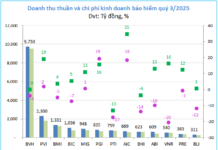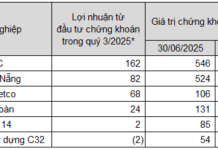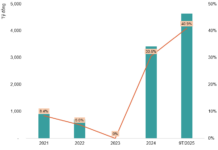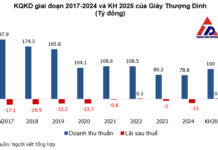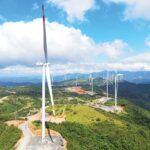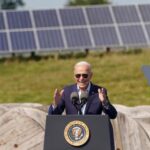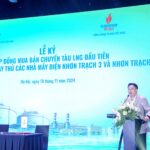At the recent forum on “Global Liquefied Natural Gas (LNG) Value Chain and Vietnam’s Position,” Dr. Nguyen Quoc Thap, Chairman of the Vietnam Petroleum Association, proposed this recommendation.
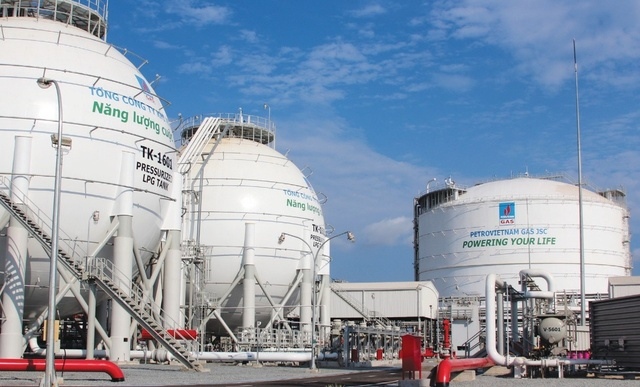
There is currently no mechanism to convert gas prices to electricity prices for LNG power plants, nor is there a guarantee for foreign currency conversion and international payment obligations for LNG imports. Photo: PVN |
The Power Development Plan VIII aims to develop 13 LNG power plant projects with a total capacity of 22,524 MW by 2030 in Vietnam.
However, only the Nhon Trach 3 and 4 power plant projects with a combined capacity of 1,624 MW have been completed and are ready for commercial operation. Several other projects are under construction or in the preparatory investment phase.
Given this progress, Dr. Thap expressed concern about the feasibility of meeting the target for operating gas-fired power plants by the set deadline.
One of the new approaches he proposed is to expand the direct power purchase mechanism for LNG power plants, allowing them to sell electricity directly to end consumers, such as factories and industrial parks.
According to Mr. Thap, Vietnam’s industrial exports need to prove their origin and use clean energy, so the demand for clean energy is very high.
Moreover, as Vietnam seeks to attract investment in semiconductors and high-tech industries, investors have significant demands for clean and stable electricity, which only LNG power can meet.
Therefore, LNG power can participate in this market, and the market will determine the price of LNG electricity.
The Chairman of the Vietnam Petroleum Association added that the global Brent oil price is expected to remain stable at $75-85 per barrel. The LNG price is calculated based on the oil price (12-15%) and can vary depending on negotiation terms if there is a long-term LNG purchase contract. To achieve this, a long-term power purchase agreement with a minimum commitment of 70% or more is necessary.
Regarding the mechanism allowing large electricity users to sign direct contracts with renewable energy generators (DPPA), Mr. Tran Viet Hoa, Director of the Electricity Regulatory Authority (Ministry of Industry and Trade), considered it a new and important initiative in Vietnam.
Many organizations and individuals have shown interest in DPPA and are awaiting its early implementation by the Government. However, challenges remain in implementing DPPA, including its novelty and the need for adaptation, agreements, contracts, and costs. Additionally, the supply may not immediately meet the demand, and financial capabilities could be a concern.
Currently, only solar and wind power are eligible for DPPA. According to the Director of the Electricity Regulatory Authority, the demand for purchasing green and clean energy through the DPPA mechanism is increasing.
However, the current supply cannot meet this demand as the scale of rooftop solar power has reached the limit set by the Power Development Plan VIII for the self-consumption rooftop solar power mechanism (2,600 MW). In contrast, large-scale renewable energy projects require time to implement.
Le Thuy
The Ultimate Treasure Trove: How America’s Trash Could Save the Nation from the Rare Earth Crisis – A Potential Game-changer to End Dependence on China and Save Billions
This deposit is a staggering eight times the total rare earth reserves of the United States, amounting to a whopping $10 billion.
Trial Run of LNG Supply for Nhon Trach 3 and Nhon Trach 4 Power Plants
The first LNG shipment for the test run of two power plants marked a pivotal turn in the journey towards clean energy.







